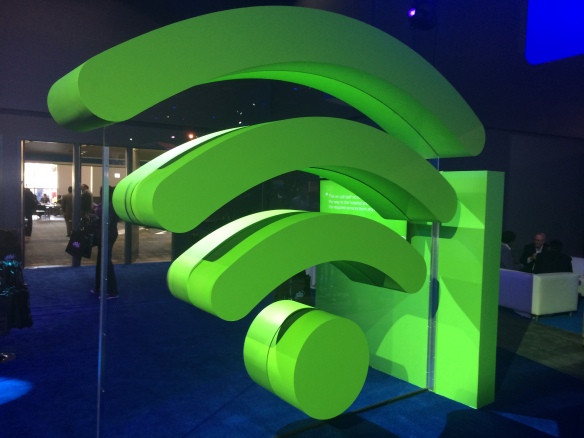AWS Advanced Networking — IPSEC Vpn with BGP (FRR and Docker)
< MEDIUM: https://raaki-88.medium.com/aws-advanced-networking-ipsec-vpn-with-bgp-frr-and-docker-ae29a3ec6d85 >
The previous post covered IPSEC Vpn implementation with Static Routing and also had some points about IPSEC Vpn Implementation, this post aims at building IPSEC Vpn with Dynamic routing offered by VGW which is BGP.
Article on FRR, Docker — https://towardsaws.com/configuring-bgp-and-open-source-frr-docker-on-aws-advanced-networking-d21fd0d76b33
We will re-use the same concept and will start a BGP route exchange over IPSEC VPN.
https://meteor-honeycup-16b.notion.site/Site-2-Site-VPN-BGP-FRR-Docker-d818267a1041401481554e6f30764dfb — Notes and Topology
Lab Video — https://youtu.be/PmLkHRAMfMU
Few points to note:
- BGP ASN support is both for 2-byte and 4-byte
- ASN Range is from 64512–65534
- BGP Peering will happen over Tunnel endpoints with address 169.254.x.y/z which amazon usually initiates by default
- If you are extending the strong-swan use case, you need to have a configuration reference for the static tunnel as there is no dynamic configuration generated for Strong-swan/Open-swan use case
- In static and dynamic routings, VGW Route propagation needs to be done.
- I have observed that left-subnet and right-subnet should be 0/0 in AWS for communicating BGP-TCP messages for session establishment.
- This needs to be tested further and there is no BGP authentication that the user can define, as the user won’t have any control Continue reading






